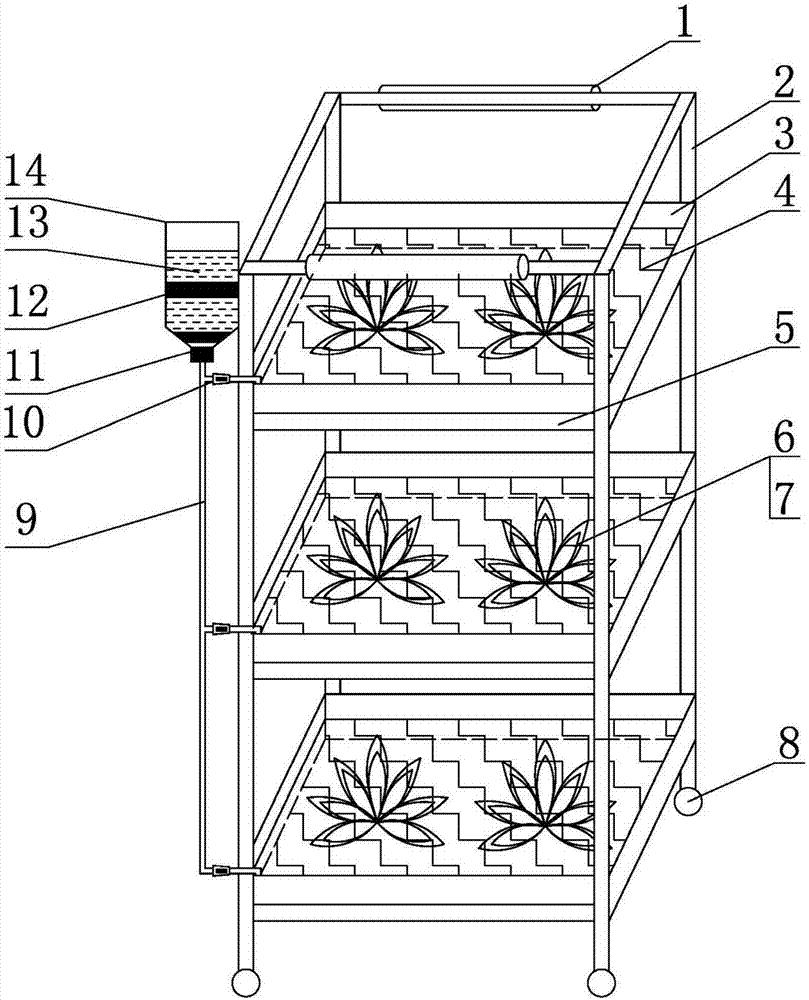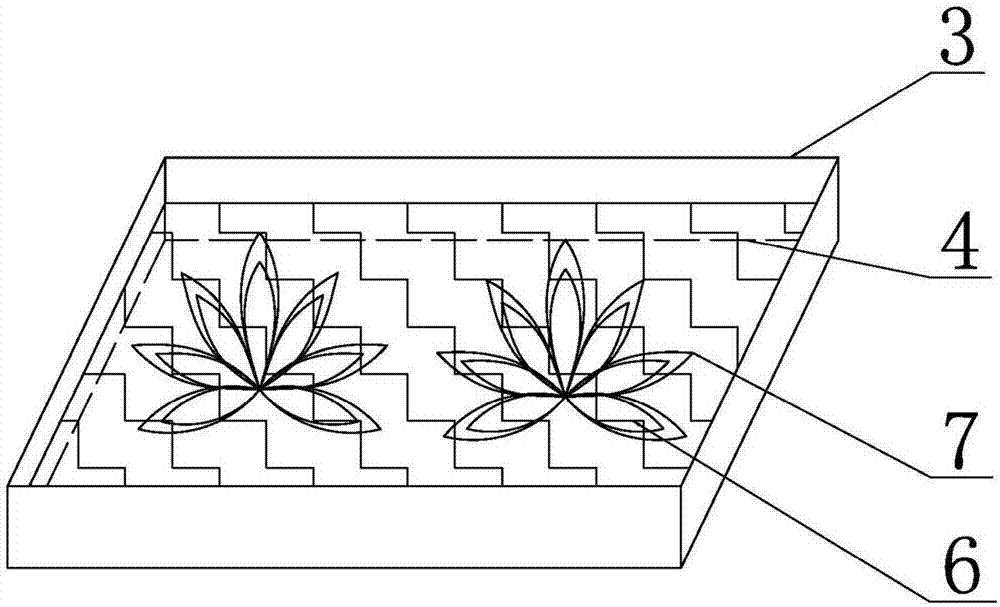Mononychellus tanajoa experimental population feeding device and method
A single claw mite and cassava technology, which is applied in animal husbandry and other fields, can solve the problems of difficult collection of eggs, unfavorable operation, and small number of mites, and achieve high survival rate and reproduction rate, meet the quantity demand, and prevent escape.
- Summary
- Abstract
- Description
- Claims
- Application Information
AI Technical Summary
Problems solved by technology
Method used
Image
Examples
Embodiment Construction
[0025] In order to make the content of the present invention clearer and easier to understand, the content of the present invention will be described in detail below in conjunction with specific embodiments and accompanying drawings.
[0026] The technical problem to be solved by the present invention is to provide a simple, practical, easy-to-operate and observation-recorded indoor large-scale breeding technology of Monoonyx cassava. This technology not only has a simple device structure and is easy to manufacture, it can effectively prevent the escape of the single claw mite cassava, it is very convenient to exchange host leaves and collect eggs and pest mites of all ages, and to observe and record the development and reproduction status in a targeted manner. Regulate the stable breeding environment conditions such as light, temperature and humidity suitable for the development and reproduction of the cassava mite to ensure the high survival rate and reproduction rate of the ...
PUM
 Login to View More
Login to View More Abstract
Description
Claims
Application Information
 Login to View More
Login to View More - R&D
- Intellectual Property
- Life Sciences
- Materials
- Tech Scout
- Unparalleled Data Quality
- Higher Quality Content
- 60% Fewer Hallucinations
Browse by: Latest US Patents, China's latest patents, Technical Efficacy Thesaurus, Application Domain, Technology Topic, Popular Technical Reports.
© 2025 PatSnap. All rights reserved.Legal|Privacy policy|Modern Slavery Act Transparency Statement|Sitemap|About US| Contact US: help@patsnap.com



